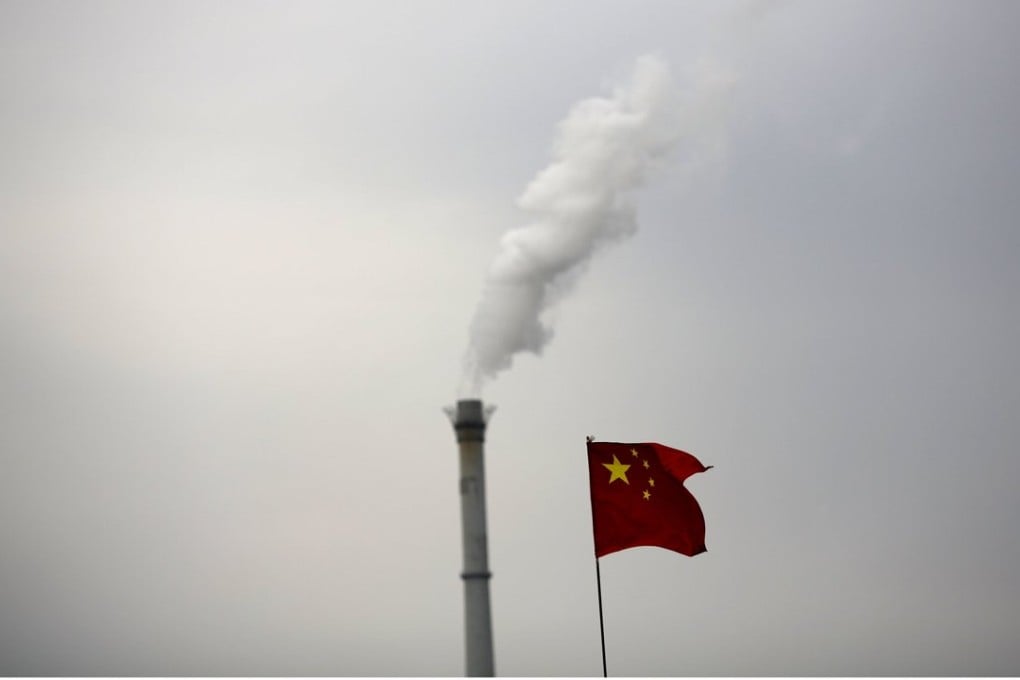A climate for change: how China went from zero to hero in fight against global warming in just 6 years
Beijing has gone from thwarting deals to encouraging them – while blurring the lines between developed and developing nations

When the 2009 Copenhagen climate summit ended without reaching a legally binding deal to limit greenhouse gas emissions, China was demonised for wrecking the negotiations.
Six years later, the world’s largest carbon emitter has become an unlikely leader in the international dialogue.
China is now praised for its plans to tackle climate change – by peaking its greenhouse gas emissions by 2030, reducing its dependence on fossil fuels, and helping poor countries adapt to global warming.
The changes, made possible by economic restructuring and public pressure to tackle pollution, come as the country – now the world’s second-largest economy – straddles the division between developing and developed nations.
The distinction was enshrined at the 1992 UN climate change convention under the principle of “common but differentiated responsibilities”. As a developing country, China was not required to make carbon emission cuts under the 1997 Kyoto Protocol – the international treaty that has been extended until 2020 and that commits only industrialised nations to mandatory targets.
As a developing country, China was entitled to grow its economy with unchecked carbon emissions until 2020 – giving it what Chinese officials privately called a “golden opportunity”.